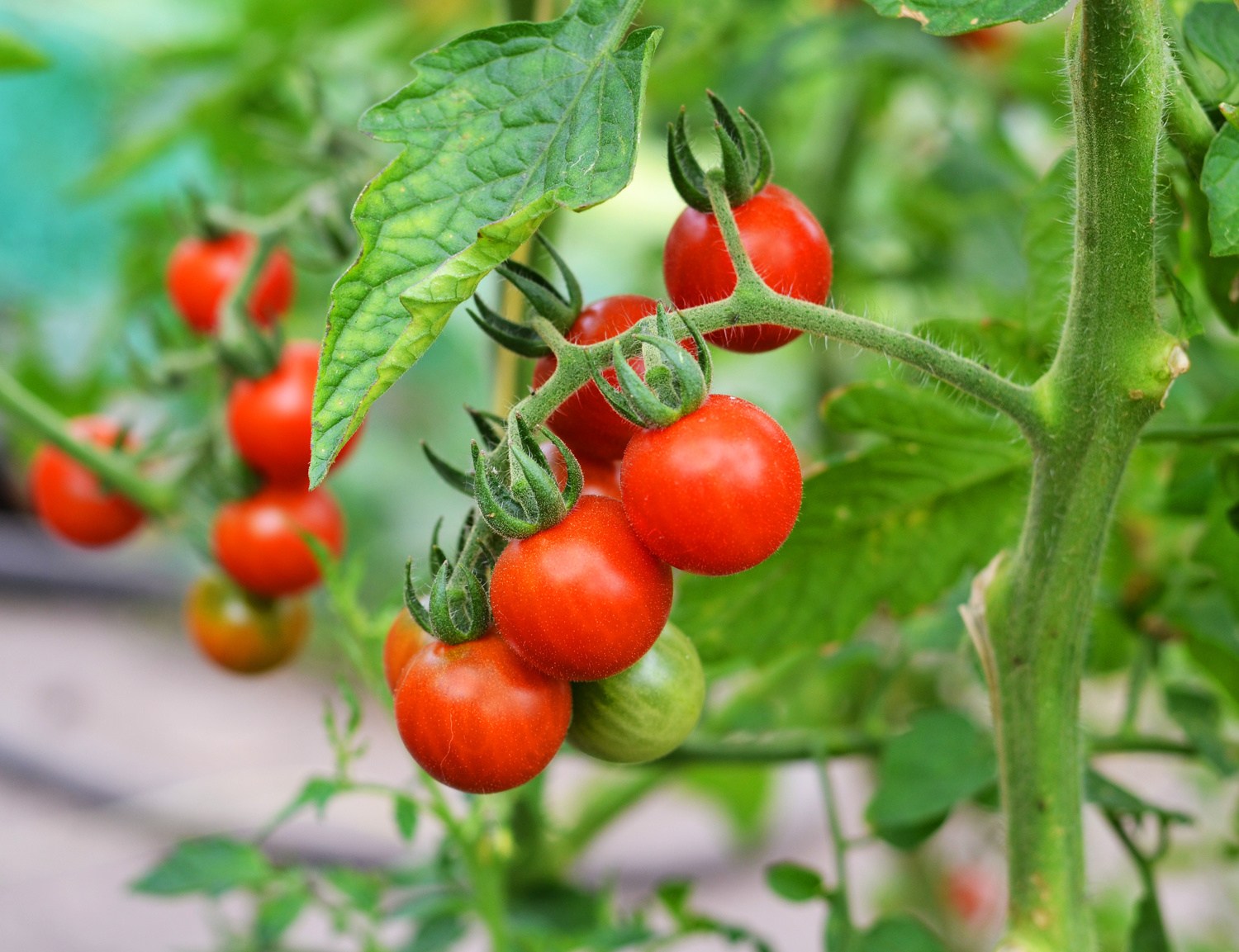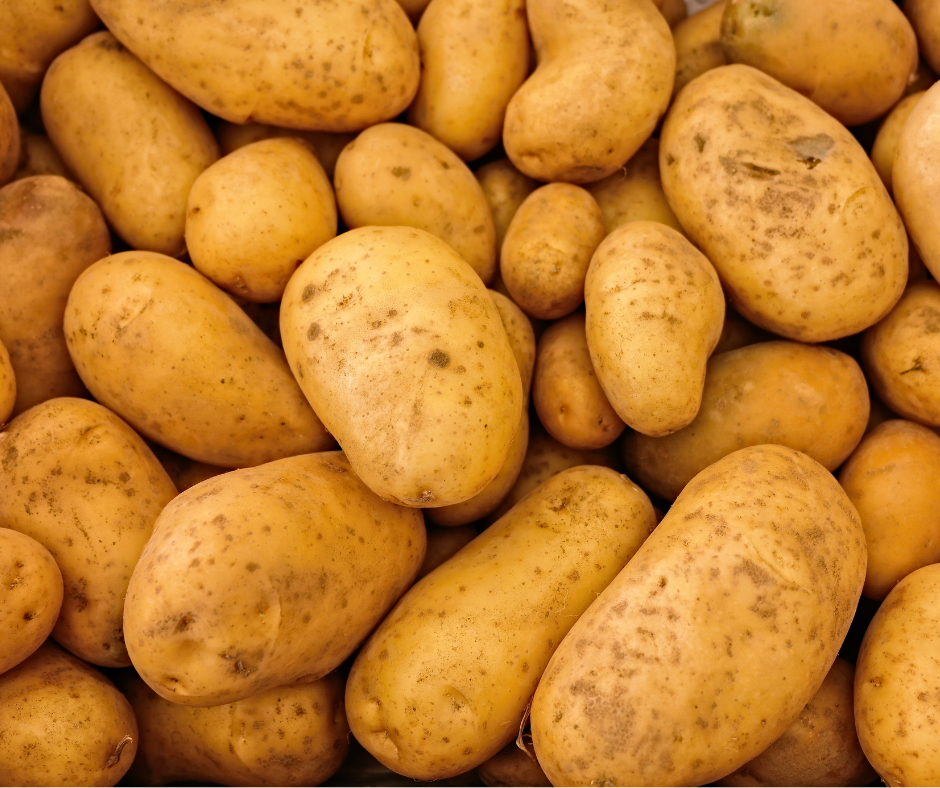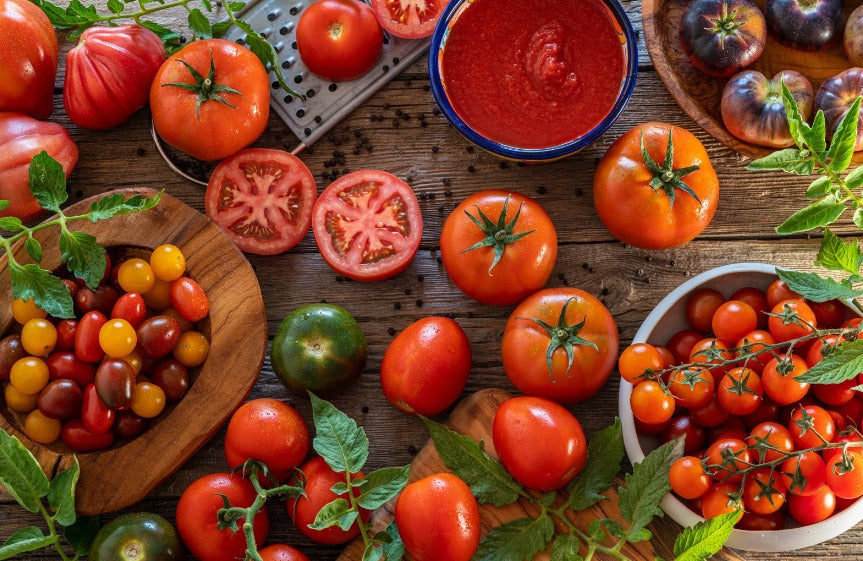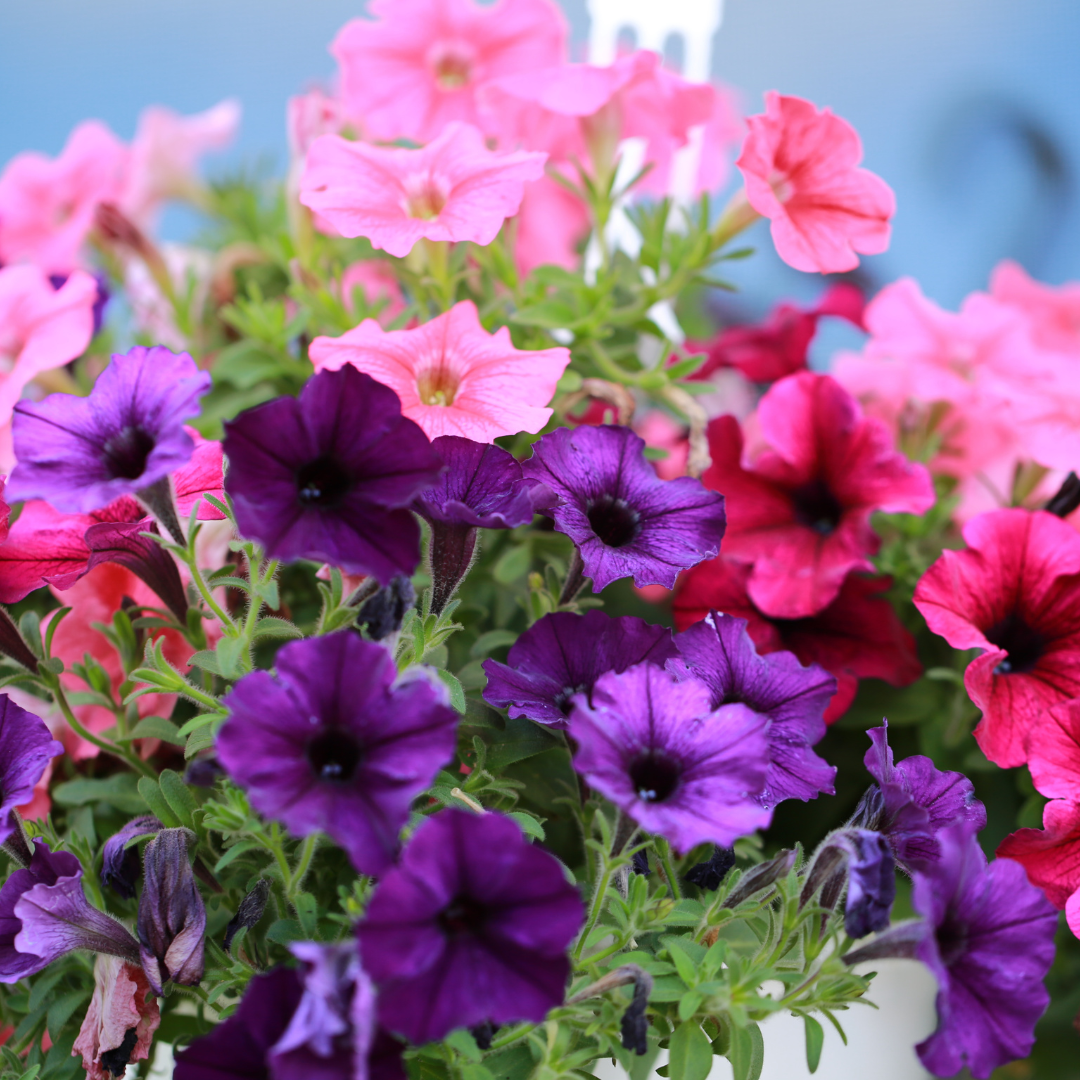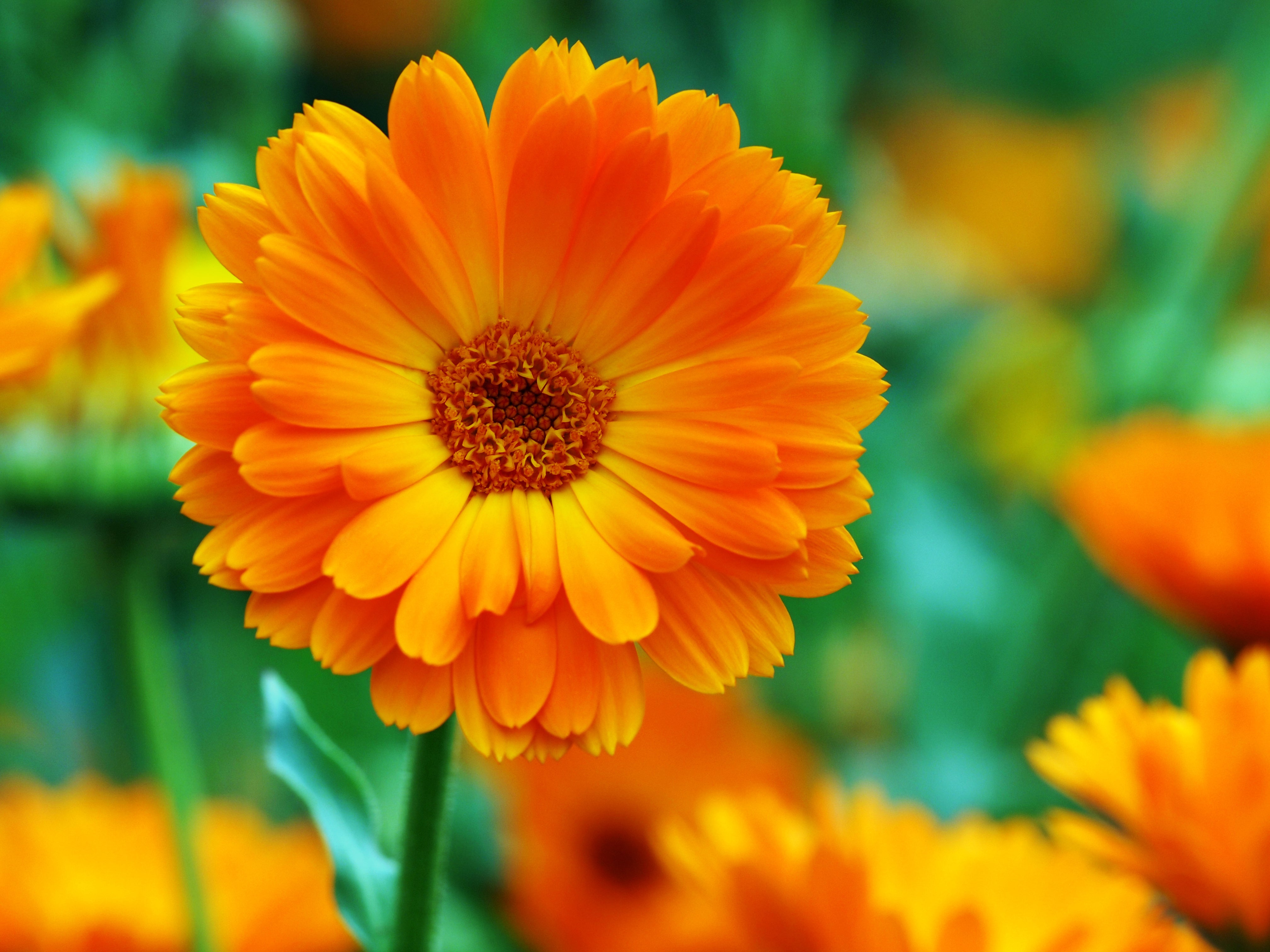Tomatoes are a favourite summer edible crop and home grown truly tastes best! Tomatoes can be grown from seed or are readily available from early spring in seedling punnets, various grade single pots or grafted varieties. Tomatoes come in a wide variety of shapes, sizes and tastes, including heritage varieties that are making a comeback along with tried and true garden favourites – there really is a tomato for everyone!
When to plant
The weather, rather than the calendar date, is the determining factor. Tomatoes generally need three months of warm, frost free weather to produce well. With protection, plants can be grown from August onwards. Labour weekend is the traditional time for planting tomatoes but they can be planted outdoors as soon as conditions allow, usually after the risk of frost has gone. Palmers’ handy tip: Growing tomatoes and basil together increases the vigor and flavour of both crops. Other great companions for tomatoes are marigold, nasturtium and chives.Soil and position
Tomatoes need plenty of sunshine, and some of the taller varieties need protection from strong winds. Position close to a wall, fence or trellis, or use a strong stake when planting. Tomatoes thrive in free draining soil which is rich in organic matter. Prepare the soil by using Tui Tomato Mix on its own or dig through existing garden soil deeply.Growing tomatoes in containers
Tomatoes are happy in containers or planter bags and can be easily cared for on decks and patios, they just requiring staking and training as you would plants grown in the garden. We recommend Tui Tomato Mix as it is a perfectly formulated specialist tomato potting mix. Take extra care with watering throughout the season to prevent the mix drying out and add liquid feed fortnightly. Smaller growing varieties are easiest to manage in pots and will generally give the best results e.g. Red Robin, Totem or Russian Red in pots or try Tumbling Tom or Pear Drops in big hanging baskets.Planting
Plant your tomato seedlings in well-prepared soil at least 40cm apart. First water the plant in its container and allow it to drain, then plant without disturbing the root ball. Firm the soil gently. Seedlings can be planted with the soil about 2cm further up the stem than it was in the pot. If planting seedlings from a punnet, first remove from the punnet then gently separate the seedlings.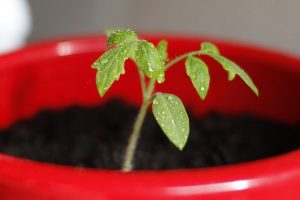
Staking
It is a good idea to position stakes for all varieties at planting time to avoid damaging the roots later on. Overhead wires with strings to climb up can also be used.Training
Tall varieties need pruning to aid air circulation which prevents disease. Pruning lets in maximum light and allows the plant to concentrate its energy on the main leaf structure and the fruit. As the plant grows remove all laterals (side branch) growths as soon as they appear. These appear between each leaf and the main stem. When the plant has six or seven good trusses of fruit, pinch out the growing tip. This is called ‘stopping’ and encourages the plant to put its energy into developing fruit. Dwarf varieties do not need pruning or staking.Feeding and watering
Tomatoes grow rapidly and are both thirsty and hungry. It is very important to water regularly in dry weather, to ensure the plants do not dry out. Mulching is an excellent way of conserving moisture and suppressing weed growth, Tui Mulch ‘n’ Feed is ideal for this purpose. As plants grow and become loaded with developing fruit their requirement for water will increase. Once the small fruit appears, supplement your initial ground preparation with a fortnightly feed of a balanced fertiliser such as Tui Tomato Food. Water thoroughly after feeding.Harvesting
It is a good idea to pick fruit before it is fully coloured and still quite firm. This helps fruit keep longer and relieves the plant of its load, allowing it to keep on the job of producing more crops.Pests and diseases
Healthy tomato plants will produce abundantly and are more resistant to pests and disease. Changing the site or replacing the soil of sites used previously for growing tomatoes will guard against the build-up of seasonal problems. Here are some simple ways to reduce in the instance of pests and diseases;
• Pruning to encourage air circulation will help deter diseases
• Remove and destroy foliage or fruit showing signs of disease
• Planting grafted tomatoes as these are grown on disease-resistant rootstock
• To control blight or black spot fungus spray with Kiwicare Organic Copper Oxy fortnightly, or weekly during wet humid weather
• For white fly and other insect pests, use Kiwicare Organic Insect Control.

